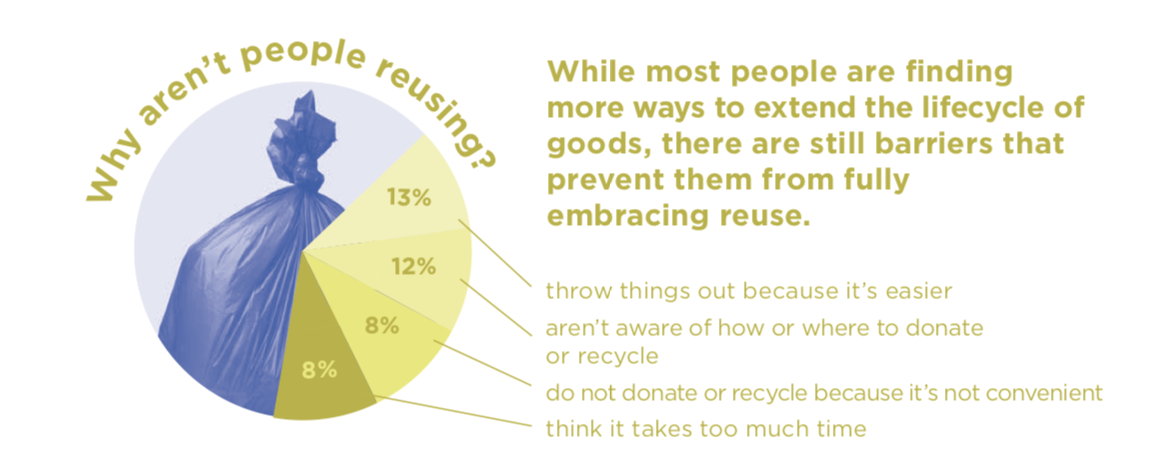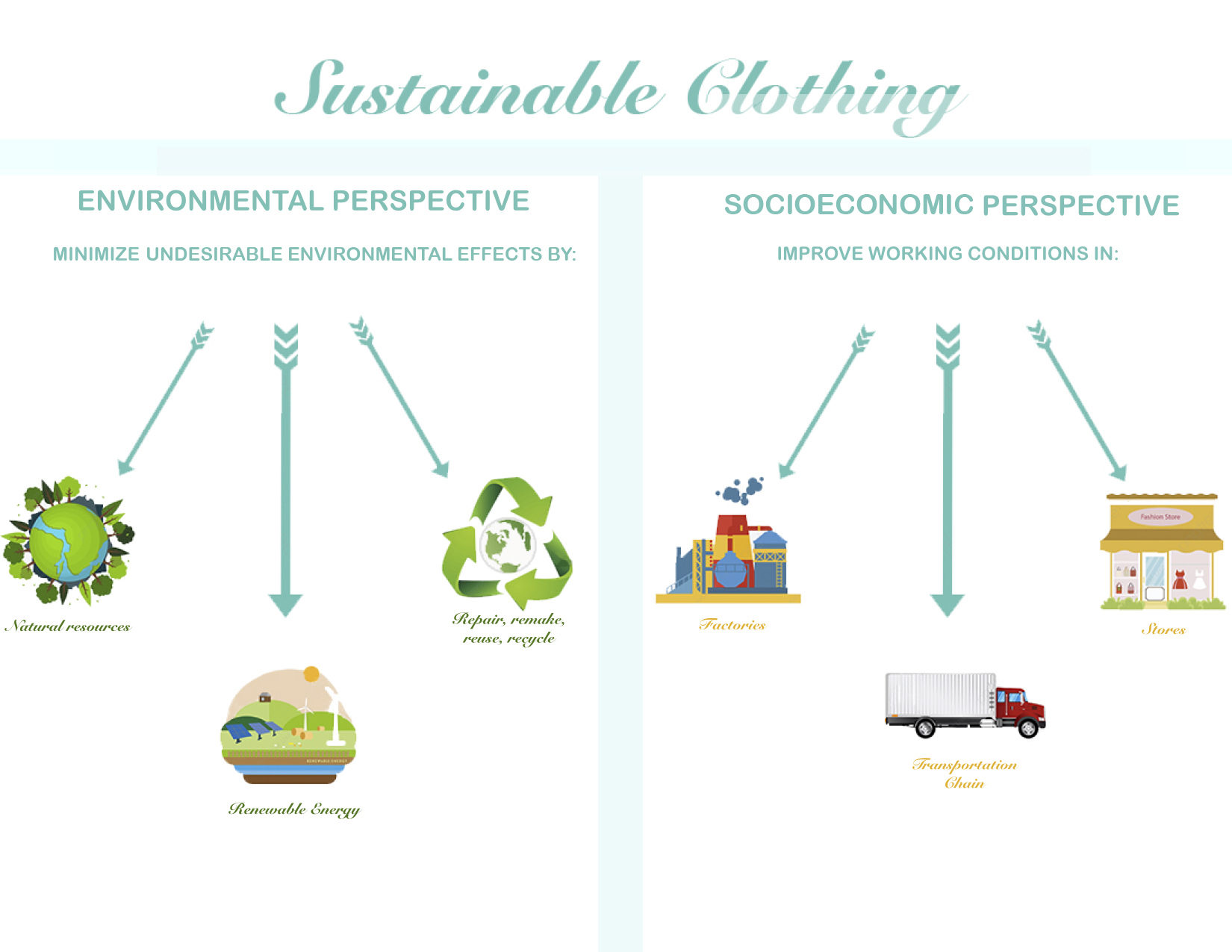Walking around the mall today is no longer what it used to be. There are many stores producing and selling clothing that is made unethically and unsustainably. Unfortunately, customers are still attending to the corporations needs because of the lack of awareness regarding this issue. Places such as Zara, H&M, and Forever 21 are constantly packed with consumers buying trendy clothes and are contributing to a greater fashion crisis in the world today.
Fast and fad fashion has been around for a long time, but times have changed, and many start-up organizations are beginning to implement a sustainable fashion model in order to save the environment from short term, wasteful garments.
The world is in the midst of a fashion crisis. Our clothes end up in landfills after a fleeting visit to our closets. Garments from fast and fad fashion conglomerates have a short life cycle and end up piled up in landfills all around the world.
According to the Toronto Environmental Alliance, a not-for-profit organization working to promote a greener place for Torontonians said, Ontario generates 500,000 tons of clothing and textile waste every year, with the number growing rapidly. Many people have reported that they do donate clothing but 85 per cent of used textiles end up in landfills instead.
In several countries governments are taking action to address the environmental impacts of the fashion industry. For instance, in the United Kingdom, MPs have a report commissioned on June 2019 calling for fast fashion retailers to look at their impact on the environment and their working conditions. Some recommendations, as stated by The Independent, include; “reforming tax laws and requiring firms to contribute towards the clean-up costs for waste garments.” This, however, has been rejected by the government.
The United States used to discard their recycling in landfills in China and Hong Kong, but about half of the plastic could not be recycled because the items were covered in food and dirt. The West turned Southeast Asia into one large dumping ground which created a recent outrage catching the world off guard. China has now placed a ban, discontinuing the U.S. from dumping their recyclables in their country but this has placed a strain on other countries as the U.S. tries to find other locations to dispose their waste in. This unfortunately is taking place in countries that are already piled with garage.
A Guardian investigation in 2019 discovered “hundreds of thousands of tons of US plastic are being shipped every year to poorly regulated developing countries around the globe for the dirty, labor-intensive process of recycling. The consequences for public health and the environment are grim.”
In our consumer culture today, we are constantly exposed to mass sales, cheap fashionable clothes, and mindful marketing techniques that lure us to think in a buy-now mentality. According to Neil Patel, a columnist at Marketing Land, a daily publication that covers all aspects of the digital marketing industry, says the psychology behind the buy-now act is due to impulse buying. It states that “if you want customers to “buy now,” you should ask them to do so” and there is a high chance that they will. The article states that 80 per cent of Americans made impulse purchases in the past year. However, the Recycling Council of Ontario states that the average person throws away 37 kilograms of textiles annually. 9.5 million tonnes of clothing end up in landfills every year, where most of it could be reused or recycled.
Social media platforms play an important role in raising awareness about issues like this, but they also promote our consumer habits. Platforms such as Instagram is a place where sellers are building brand sales. It is a hub where millions of people see a lot of photographed content, making it a perfect place for companies and brands to advertise their goods.
The Balance Small Business is home to experts who provide clear, practical advice on entrepreneurship and management, states that “the annual environmental impact of a household’s clothing is equivalent to the water needed to fill 1,000 bathtubs and the carbon emissions from driving an average modern car for 6,000 miles.” Furthermore, if the average lifespan of our clothing was extended by three months their carbon and water footprint would be reduced by five to 10 per cent.
Even though 58 per cent of people are donating unwanted items, not many are embracing the ability to reuse their items. According to a recent report by Value Village, 13 per cent say that it is easier to throw things out, 12 per cent are not aware of where or how to donate or reuse their items, eight per cent do not donate or recycle because it is inconvenient, and eight per cent think it takes too much time.






